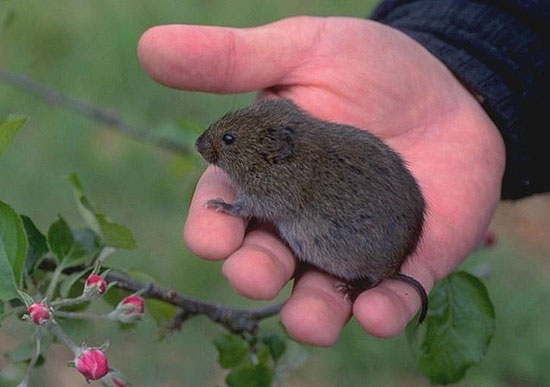Efficient Vole Control Solutions: Handling Vole Pest Issues
Efficient Vole Control Solutions: Handling Vole Pest Issues
Blog Article
Comprehensive Overview to Effective Vole Insect Control: Infestation Recognition and Treatment Methods
In the realm of efficient pest control, vole invasions posture a distinct difficulty that requires a strategic method. By discovering the nuances of vole habits, understanding vital indications of invasion, and evaluating a range of control alternatives, one can create a detailed approach to deal with these elusive pests.
Understanding Vole Habits
Vole behavior is characterized by their delving practices and rapid recreation rates, making them a challenging pest to regulate effectively. Their fast reproductive rate additional makes complex control efforts, with ladies capable of producing numerous trashes in a solitary year, each consisting of a number of offspring.
Recognizing vole behavior is essential for effective pest control techniques. By recognizing their burrow locations, keeping an eye on feeding locations, and executing targeted control approaches, such as trapping or habitat alteration, vole invasions can be taken care of effectively.
Indicators of Vole Infestation

Prevention Strategies
Applying effective avoidance strategies is critical in reducing vole invasions and safeguarding greenery from their destructive feeding routines. To protect against vole invasions, it is necessary to begin by eliminating possible food sources and shelter.
Routinely evaluating the residential property for indications of vole task, such as paths and burrow openings, is essential for very early detection and prompt activity. If vole activity is presumed, take into consideration making use of traps or repellents tactically put near their paths.
Non-Lethal Control Approaches
To successfully take care of vole populaces while prioritizing humane methods, non-lethal control approaches supply useful solutions for lowering vole damages in landscapes and yards. These barriers can be hidden at least 12 inches curved and deep at a 90-degree angle to avoid voles from delving below.

Lethal Control Options
One efficient method for dealing with vole infestations in landscapes and yards includes the calculated use of lethal control options. When encountered with a serious vole invasion that non-lethal methods have fallen short to have, carrying out dangerous control procedures ends up being critical. Overall, when using deadly control options, it is important to do so responsibly and in conformity with regional policies to properly handle vole invasions.
Conclusion
To conclude, effective vole parasite control vole pest control requires a comprehensive understanding of vole habits, identification of indications of infestation, execution of prevention methods, and utilization of both non-lethal and deadly control techniques. By combining these techniques, individuals can properly handle vole populaces and safeguard their building from damage. It is very important to resolve vole problems quickly to avoid more concerns and reduce the influence on the surrounding setting.
Given the elaborate passage systems and quick reproduction rates particular of voles, recognizing the indicators of vole infestation comes to be crucial in effective bug control. One of the key indicators of vole presence is the presence of surface runways or tracks in yard or snow, typically about 1-2 inches broad, produced as voles take a trip in between their burrows and food resources.To properly take care of vole populaces while prioritizing humane methods, non-lethal control approaches supply practical services for minimizing vole damages in gardens and landscapes.One efficient technique for addressing vole invasions in landscapes and gardens includes the calculated usage of deadly control options. vole yard damage.In conclusion, reliable vole bug control needs a detailed understanding of vole habits, recognition of indicators of problem, execution of avoidance approaches, and application of both non-lethal and dangerous control approaches
Report this page